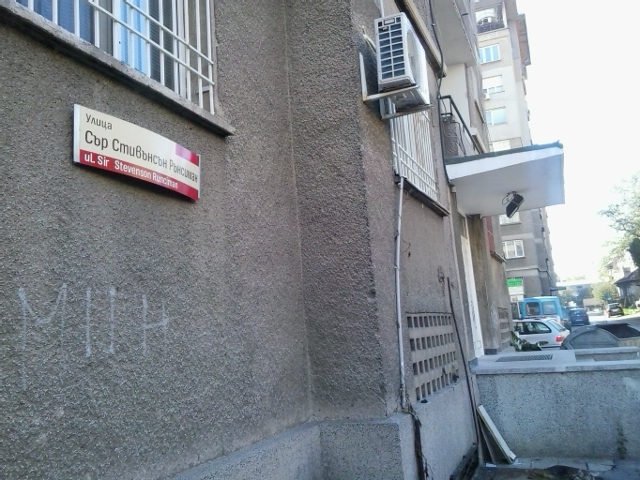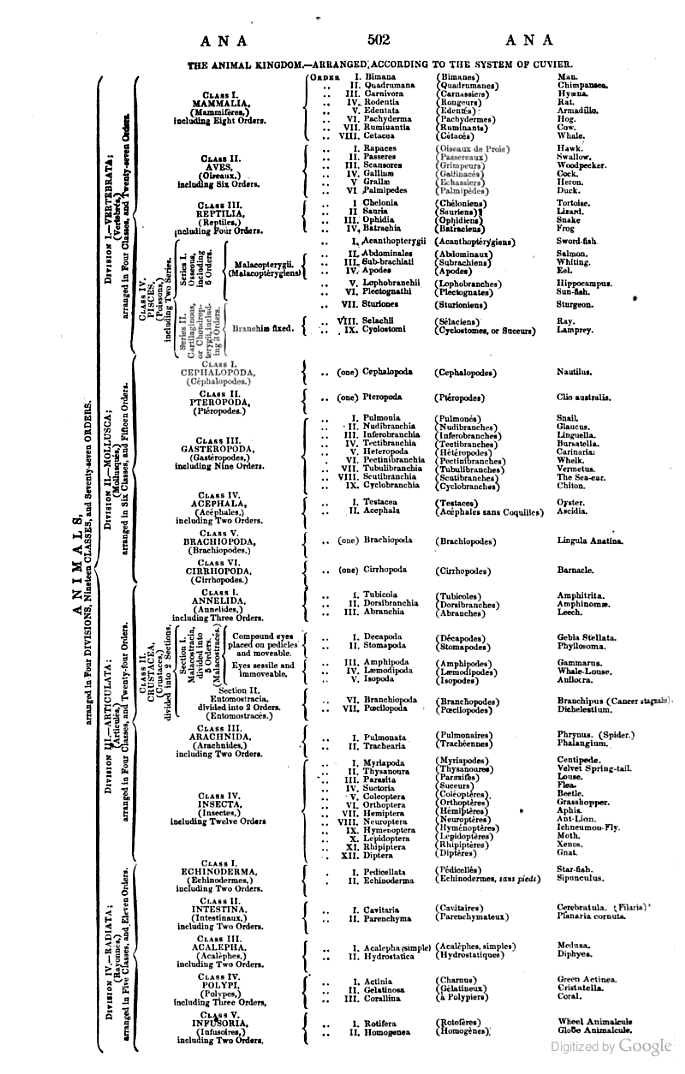|
Samuel Anetsi
Samuel Anetsi also Samuel of Ani was an Armenian historian and priest of the 12th century. Samuel is known for his writing of history and chronicles a book where he is the first author to use the Armenian Chronology. Samuel was also a disciple of Hovhannes Imastaser. According to the Penny Cyclopaedia, "Samuel of Ani wrote a concise but accurate chronological work, extending from Adam to the pontificate of Gregory Vikayaser." Samuel was born in Ani Ani ( hy, Անի; grc-gre, Ἄνιον, ''Ánion''; la, Abnicum; tr, Ani) is a ruined medieval Armenian city now situated in Turkey's province of Kars, next to the closed border with Armenia. Between 961 and 1045, it was the capital of the ..., the ancient capital of Armenia. References {{authority control 12th-century Armenian historians ... [...More Info...] [...Related Items...] OR: [Wikipedia] [Google] [Baidu] |
Armenians
Armenians ( hy, հայեր, '' hayer'' ) are an ethnic group native to the Armenian highlands of Western Asia. Armenians constitute the main population of Armenia and the ''de facto'' independent Artsakh. There is a wide-ranging diaspora of around five million people of full or partial Armenian ancestry living outside modern Armenia. The largest Armenian populations today exist in Russia, the United States, France, Georgia, Iran, Germany, Ukraine, Lebanon, Brazil, and Syria. With the exceptions of Iran and the former Soviet states, the present-day Armenian diaspora was formed mainly as a result of the Armenian genocide. Richard G. Hovannisian, ''The Armenian people from ancient to modern times: the fifteenth century to the twentieth century'', Volume 2, p. 421, Palgrave Macmillan, 1997. Armenian is an Indo-European language. It has two mutually intelligible spoken and written forms: Eastern Armenian, today spoken mainly in Armenia, Artsakh, Iran, and the former S ... [...More Info...] [...Related Items...] OR: [Wikipedia] [Google] [Baidu] |
Steven Runciman
Sir James Cochran Stevenson Runciman ( – ), known as Steven Runciman, was an English historian best known for his three-volume '' A History of the Crusades'' (1951–54). He was a strong admirer of the Byzantine Empire. His history's negative portrayal of crusaders and contrasting more favourable view of Byzantine and Muslim societies had a profound impact on the popular conception of the Crusades. Biography Born in Northumberland, he was the second son of Walter and Hilda Runciman. His parents were members of the Liberal Party and the first married couple to sit simultaneously in Parliament. His father was created Viscount Runciman of Doxford in 1937. His paternal grandfather, Walter Runciman, 1st Baron Runciman, was a shipping magnate. He was named after his maternal grandfather, James Cochran Stevenson, the MP for South Shields. Eton and Cambridge It is said that he was reading Latin and Greek by the age of five. In the course of his long life he would master an ast ... [...More Info...] [...Related Items...] OR: [Wikipedia] [Google] [Baidu] |
Hovhannes Imastaser
Hovhannes Imastaser ( hy, Յովհաննէս Իմաստասէր, c. 1047–1129), also known as Hovhannes Sarkavag ( hy, Յովհաննէս Սարկաւագ), was a medieval Armenian multi-disciplinary scholar known for his works on philosophy, theology, mathematics, cosmology, and literature. Imastaser was also a gifted hymnologist and pedagogue. Biography Hovhannes Imastaser was born around 1047 in the district of Gardman (village of Pib) of historical Armenia’s eastern province of Utik, which today is located in Azerbaijan, north of Nagorno Karabakh. The most extensive historical account of Hovhannes Imastaser’s life and work is in the 12-13th century Armenian historian Kirakos Gandzaketsi’s “History of Armenia.” There also exists a 13th-century anonymous biography of Hovhannes Imastaser, which is attributed sometimes to Kirakos Gandzaketsi. Hovhannes received his education in theology and science in Haghbat and Sanahin, two important monastic centers of Armeni ... [...More Info...] [...Related Items...] OR: [Wikipedia] [Google] [Baidu] |
Penny Cyclopaedia
''The Penny Cyclopædia'' published by the Society for the Diffusion of Useful Knowledge was a multi-volume encyclopedia edited by George Long and published by Charles Knight alongside the '' Penny Magazine''. Twenty-seven volumes and three supplements were published from 1833 to 1843. Editions The ''Penny Cyclopædia'' was originally published in 27 thin volumes between 1833 and 1843. Supplements were issued in 1851 and 1858. Despite its name, each individual volume cost 9d. apiece. Contributors The contributors to the ''Penny Cyclopædia'' were not individually credited with the articles they created, although a list of their names appears in volume 27. The contributors included many notable figures of the period, including the librarian Henry Ellis, the biblical scholar John Kitto, the publisher Charles Knight, the critic George Henry Lewes, the mathematician Augustus De Morgan, the surgeon James Paget, the statistician George Richardson Porter, the sanitary reformer ... [...More Info...] [...Related Items...] OR: [Wikipedia] [Google] [Baidu] |

.jpg)
